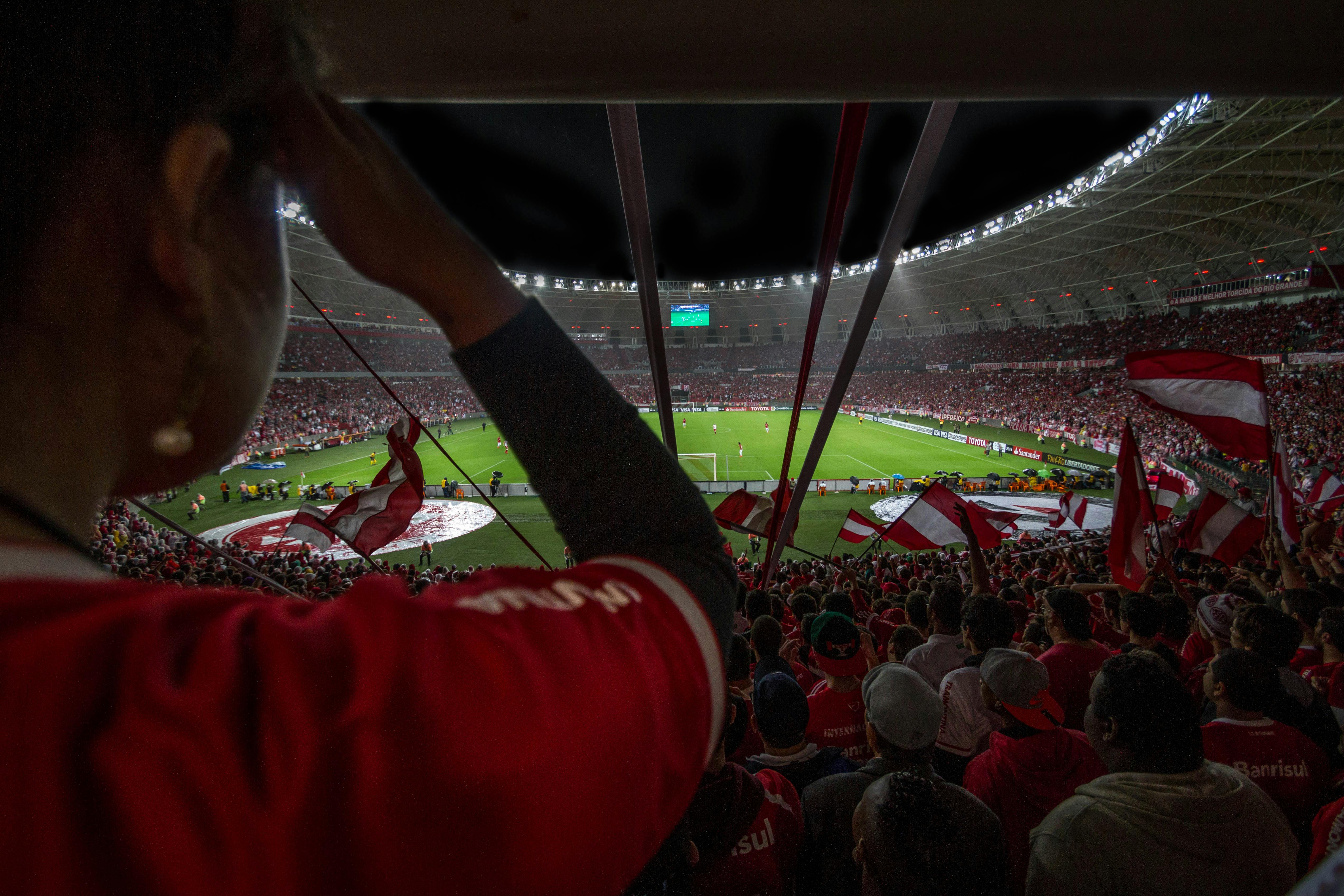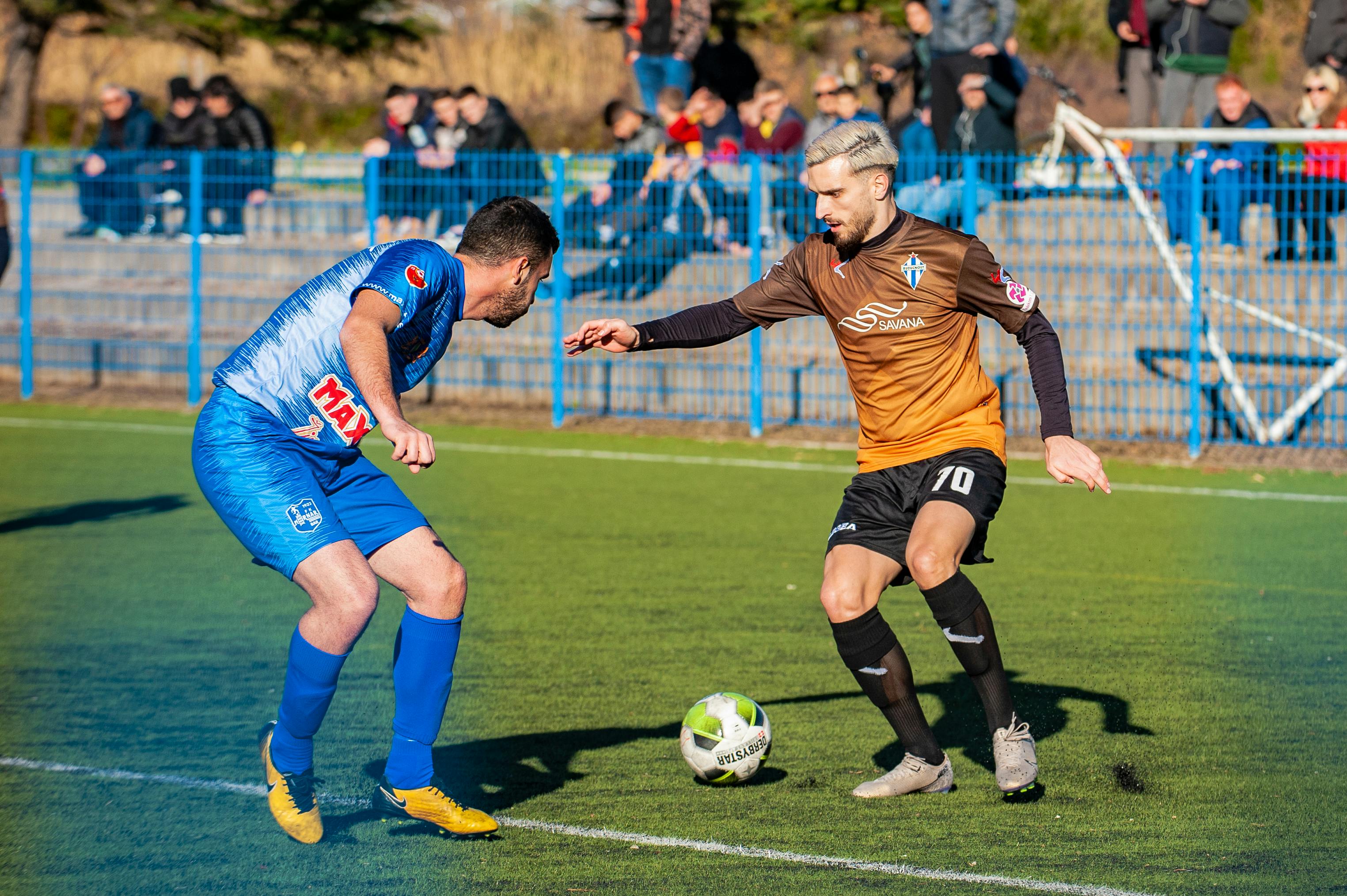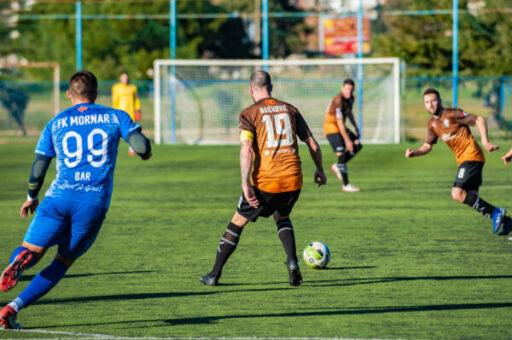The World Cup Soccer Field is one of the biggest stages in the world for football. It is an impressive sight to see, with a giant pitch that stretches over 110 metres in length and 70 metres in width. It is surrounded by a huge running track which adds another dimension to the spectacle. The field also includes four full-sized goals, two corner arcs and two penalty boxes, making it one of the most iconic sporting arenas on the planet.The dimensions of a World Cup soccer field, as specified by FIFA, are between 100 yards (90 meters) and 130 yards (120 meters) in length, and between 50 and 100 yards (45 to 90 meters) in width.
Field Dimensions
The FIFA regulations for a soccer field require that the length of the field must be between 100 and 130 yards (90-120 meters) and the width must be between 50 and 100 yards (45-90 meters). The touchlines must be longer than the goal lines. The penalty area must measure 44 yards (40 meters) from the goal line to the penalty spot, with an additional 18 yards (16 meters) extending outside of the penalty area. The goal post must be 8 feet (2.44 m.) high and 8 yards (7.32 m.) wide.
Goal Area
The goal area is defined as a rectangle that extends 6 yards (5.5 m.) from each side of the goal post and 18 yards (16m.) into the field of play from the goal line. This area is further divided into two rectangles; one measuring 4 yards by 6 yards which is closer to the goal post, and a second measuring 12 yards by 6 yards which is closer to the center line.
Center Circle
The center circle has a radius of 10 yards (9m.), located at mid-field, with a center point located at mid-field on either side of each half. The circle is marked with an arc that touches all four corner flags.
Corner Flags
Four corner flags are placed at each corner of the field, equidistant from each other, no more than 5 feet away from each touchline or sideline.
Penalty Spot
The penalty spot must be located 12 yards away from each goal post along both sides within the penalty area.
Flag Posts
Flag posts are placed at each corner flag and are no higher than 5 feet in height above ground level. They are also required to have non-pointed tops or safe decorations such as pom-poms.
<br
Standard Length and Width of a Soccer Field
A soccer field, also known as a football pitch, is typically rectangular in shape with defined measurements. The standard length of a soccer field is between 100 and 130 yards (90-120m) and the width is between 50 and 100 yards (45-90m). The two shorter sides of the field are the touchlines whereas the two longer sides are called the goal lines. The penalty area around each goal is 18 yards (16m) long and 44 yards (40m) wide. The center circle has a diameter of 10 yards (9m). Two penalty spots are marked 10 yards from the goal line and equidistant from each corner flag post. Corner arcs with a 1 yard radius are also marked at each corner.
The overall size of the playing area can vary depending on the level of competition. For instance, FIFA regulations dictate that an international match must be played on a field between 110-120 yards long and 70-80 yards wide. On the other hand, fields used for recreational games or youth leagues may be smaller in size as these don’t require such stringent dimensions. In some cases, they may even be as short as 50-60 yards long and 40-50 yards wide with much smaller penalty areas.
Regardless of size, all soccer fields must follow basic layout guidelines for safety reasons including adequate space for players to move around freely without putting themselves or others at risk of injury.
How Big is a Professional Soccer Field?
A professional soccer field is typically rectangular in shape and ranges in size from 100 yards to 130 yards in length, and 50 to 100 yards in width. The exact dimensions can vary depending on the level of play and the governing body of the league. The International Football Association Board (IFAB) has standardized the dimensions of the soccer field for international matches, which must be between 100 yards and 110 yards long, and between 50 yards and 80 yards wide.
The field is divided into two halves by a halfway line, which also includes the center circle. There is also a penalty area on each half of the field. This area extends 18 yards from each goal line and is marked by two lines that extend 18 yards out from the goal posts on either end of the field. In addition to these areas, there are additional markings that indicate where free kicks are taken from, corners are taken from, as well as where kick-offs occur at the start of each game or after a goal has been scored.
The playing area should also be surrounded by an additional space known as technical areas or dugouts which provide seating for players who have been substituted off during the match. Additionally, it should also feature a border or touchline that can range between 1 yard to 5 yards wide surrounding it to keep spectators away from interfering with players during matches.
Overall, professional soccer fields can vary in size depending on its governing league’s regulations but typically range between 100-130 yards long and 50-100 yards wide with additional markings for fouls and set pieces around it.
Maximum Length and Width of a Soccer Field
The maximum length of a soccer field is 120 yards (110 meters) and the maximum width is 80 yards (73 meters). The International Football Association Board (IFAB) stipulates the rules for soccer fields, including the size of the field. In order for a field to be considered as an official soccer field, it must meet all of the guidelines set forth by IFAB.
The size of a soccer field is often dictated by the size of its playing surface. The playing surface must be rectangular and free from any kind of obstruction. The touchline, or side line, must be marked with white lines which are at least 12 inches wide. The goal line must also be marked in white and must extend across the entire width of the field. Additionally, it is important that all lines are clearly visible to both players and officials during play.
The area surrounding the pitch should also be kept clear in order to ensure that players have plenty of room to move freely around the pitch without any obstruction. This area should also be free from any kind of dangerous objects such as stones or debris which could cause injury to players during play.
Other than these measurements, there are other regulations which must be followed for a soccer field to be considered as an official one. For instance, there should be two corner flags placed at each corner of the playing area and two goal posts placed at each end line. Additionally, there should also be sufficient lighting in order to allow play to continue throughout night games or tournaments.
In conclusion, in order for a soccer field to meet all necessary requirements for it to become an official one, it must adhere to certain guidelines set forth by IFAB regarding its maximum length and width as well as other requirements such as corner flags, goal posts and lighting etc. All rules should be followed in order to ensure that players can enjoy their game safely within an appropriately sized playing area.

How Does the Size of a World Cup Soccer Field Differ from Other Fields?
The size of a World Cup soccer field differs significantly from other soccer fields. A World Cup soccer field is much larger than a regular soccer field, usually measuring between 110 and 120 yards long and 70 to 80 yards wide. This is significantly bigger than a regular soccer field which tends to measure between 100 and 110 yards long and 50 to 60 yards wide.
The extra space on a World Cup soccer field allows for more players, as well as providing more room for the spectators to watch the game. Furthermore, it allows for more tactical plays as players have greater space in which to maneuver. It also allows for longer passes and shots, as there is more room for the ball to travel.
Additionally, the surface of a World Cup soccer field is usually composed of artificial turf or grass, while most other fields are composed of natural grass or synthetic turf. Artificial turf has several advantages over natural grass, including improved durability and water retention. This helps keep the playing surface in good condition even during wet weather conditions.
Finally, due to its size and playing surface, World Cup soccer fields require more maintenance than other fields. The larger size requires more mowing and watering, while the artificial turf must be regularly groomed in order to maintain its optimal playing condition. As such, teams that play on them must invest additional resources into keeping their playing surface in top shape throughout the tournament.
In summary, the size of a World Cup soccer field differs significantly from other fields due its larger dimensions as well as its artificial playing surface. This makes it ideal for international tournaments such as the FIFA World Cup but requires more maintenance than other types of fields in order to maintain an optimal playing condition throughout the tournament.
Factors Used to Determine the Size of a World Cup Soccer Field
The size of a World Cup Soccer Field is determined by several factors, including the number of players, the type of tournament, and the field surface. The FIFA Laws of the Game specify that a soccer field must be between 90 and 120 meters long and 45 and 90 meters wide. Depending on the number of players in a match, the length may be decreased or increased. For example, an 11-player match requires a field size of 100 by 64 meters. In addition, tournaments such as the World Cup or Champions League may require larger fields to accommodate more spectators. Finally, different surfaces such as grass or artificial turf require different sizes of fields according to their specifications.
The regulations for FIFA World Cup matches stipulate that all matches must be played on natural grass unless approved by FIFA’s Executive Committee. Artificial turf is allowed only if it meets certain standards set forth by FIFA in regards to safety and playability. Generally speaking, artificial turf fields are smaller than grass fields due to their higher level of traction and control when it comes to ball movement. Therefore, when dealing with artificial turf fields, certain dimensions must be taken into account in order for it to meet FIFA’s requirements.
Ultimately, all these factors must be taken into consideration when determining the size of a World Cup Soccer Field so that it meets all regulations set forth by FIFA and provides an enjoyable playing experience for both players and spectators alike.
Space Requirements for World Cup Games
Players need an ideal amount of space to perform their best during a World Cup game. The amount of space required will depend on the type of game being played, as well as the number of players on the field. For instance, a football match will need a large field with plenty of room for the players to move around and make plays. A basketball game, on the other hand, can take place in a much smaller area since there are fewer players involved.
In general, teams should have access to enough space for all players to move freely without being crowded out by opponents. This means that the playing area should be large enough to accommodate all players without compromising their ability to make plays. Additionally, teams should also be provided with enough room for warm-ups and other activities prior to a match.
Finally, it is important that the playing area is well maintained and free from any potential hazards that could cause injury or disrupt play during a World Cup game. This includes ensuring that there are no obstacles or debris in the way of players while they are running and playing the ball. It also means making sure that any artificial surfaces used during play are up to standard and conducive to an enjoyable match. Ensuring these conditions will help ensure that both teams have ample opportunity to perform at their best during a World Cup match.

Conclusion
The World Cup Soccer Field is a large and impressive sight to behold. It is one of the largest sporting arenas in the world, measuring 110 meters long by 72 meters wide. The field is divided into two halves, each with two goals. The field also has six penalty areas, four corner arcs, and a center circle. The size of the field is perfect for international competition, allowing both teams to display their skills in a competitive setting. Despite its large size, the World Cup Soccer Field still provides an exciting atmosphere for fans to experience.
The World Cup Soccer Field is an iconic symbol of international competition and soccer culture around the world. It provides a great stage for some of the most thrilling sports moments in history and continues to bring joy and excitement to soccer fans around the globe.
From its impressive size to its symbolic importance in global sports culture, it’s clear that the World Cup Soccer Field truly lives up to its name as one of the most important sporting venues in the world.

